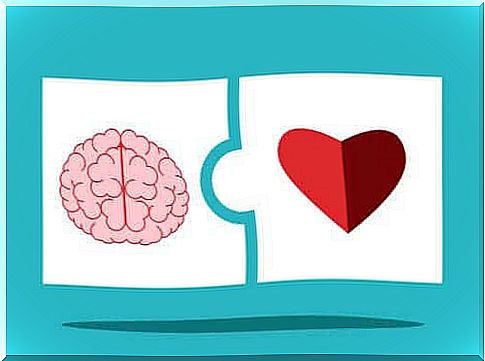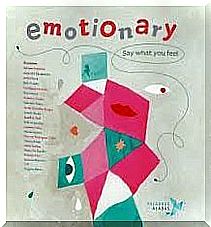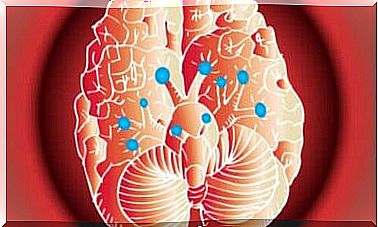Salovey And Mayer’s Theory Of Emotional Intelligence

Many people are interested in the study of emotional intelligence. They wonder how it can help them better manage their emotions. Despite its popularity, few people know the origin of this theory. Salovey and Mayer first published the theory of emotional intelligence in book form in 1990.
In this book, they talked about the definition of emotional intelligence and how it manifests itself in our behavior and mind. At the time, Salovey was a professor at Yale University. Mayer was a postdoctoral researcher. They have conducted studies and published numerous articles on the subject.
Despite all their work, many people still attribute the concept of emotional intelligence to Daniel Goleman who is its greatest champion.
He made the concept of emotional intelligence of Salovey and Mayer known to the general public. That happened in 1996 when he published his book, Emotional Intelligence: Why It Can Matter More Than IQ.
Daniel Goleman’s definition of emotional intelligence is somewhat different from that of Salovey and Mayer. As a result, there has been some confusion about the original theory.

Salovey and Mayer’s theory of emotional intelligence
According to Salovey and Mayer’s definition, emotional intelligence is the ability to process information about our emotions and those of other people. It is also the ability to use this information to direct your thoughts and behavior.
So emotionally intelligent people pay attention to their emotions. They use them, understand them and direct them. According to these two authors, a person must possess four basic skills to be described as emotionally intelligent:
- The ability to perceive and appropriately express one’s own emotions and those of other people.
- The ability to use emotions in a way that makes thinking easier.
- The ability to understand emotions, emotional language, and emotional cues.
- The ability to direct their emotions and thus achieve their goals.
In this particular theory of emotional intelligence, each ability has four different stages. However, this process does not necessarily occur spontaneously. On the contrary, it usually requires a conscious effort. These are the four stages:
1. The right emotional perception and mode of expression
The first skill in emotional intelligence is to recognize your own emotions and those of other people. First, you must be able to understand what you are feeling. This is about your thoughts as well as your emotions.
In the second stage, you acquire the ability to do the same with the way other people think and feel. For example, you can understand the feelings of other people or the feelings expressed in a work of art.
In the third stage, you acquire the ability to properly express your emotions. And that’s not all. You also learn to communicate your needs to others.
In the fourth and final stage, you gain the ability to distinguish between right and wrong emotional expressions.
2. Making Thinking Easier Emotionally
Emotions help you in the first stage to focus your thoughts on the most important information. At this stage you are not yet able to take your own emotions into account.
During the second stage, your emotions begin to intensify so that you can recognize them. The result is that you can then use them. They will help you make decisions.
According to Salovey and Mayer, your emotions in the third stage influence your state of mind. As a result, you will be able to view a specific topic from different points of view.
Finally, in the fourth stage, your emotions help you make good decisions and think in a more creative way.
3. According to Salovey and Mayer, we must learn to understand emotions
First you acquire the ability to distinguish between basic emotions. You will also learn to use the right words to describe them. Then this skill takes you a step further so that you succeed in fitting the emotion into your emotional state.
In the third stage, you manage to interpret complex emotions. Finally, you also acquire the ability to discover the transitions between emotions. This can be, for example, the transition from anger to shame, or from surprise to joy.

4. Emotional control in function of intellectual and emotional growth
For starters, this skill requires you to be willing not to limit the important role your emotions actually play. This is much easier with positive emotions than with negative emotions. In this step you will let yourself choose which emotions you want to identify with. That will depend on whether they are useful or not.
Thus, in the previous step, you acquire the ability to study emotions. This will happen depending on how much impact the emotions have and how reasonable or clear they are. Finally, you will also be able to control your emotions and those of other people. You will moderate the negative emotions and magnify the positive ones.
Emotional intelligence is a practical skill
Salovey and Mayer’s model of emotional intelligence by no means encompasses everything we now know about emotional intelligence. Yet it shows us something that was truly revolutionary at the time.
This theory is simple and easy to understand. So that means it’s the perfect starting point if you’re interested in delving deeper into the beautiful world of emotions.









